Forage legumes (Crop Group 18) include mostly alfalfa in the western irrigated areas and annual clovers over-seeded east of I-35 for winter grazing and nitrogen fixation in permanent grasslands. Asterisks indicate representative crops for the Group.
 Alfalfa*. Originated in Asia Minor, cultivated since antiquity, started in 1850s in California. In Texas, this perennial is produced with irrigation on 100,000 to 150,000 acres in West and Far West Texas with four to six cuttings a season, mostly for the horse and dairy industry in Texas. Insect pests include alfalfa weevil, aphids, caterpillar, grasshoppers, and occasional blister beetles (a serious contamination in horse hay). Weeds include annual weeds in early years of stand establishment. Transgenic (Roundup Ready) alfalfa is useful for controlling broadleaf weeds and encroaching weedy grasses. Diseases are not an economic factor in commercial production but involve root and crown rots and leafspots. Pests and pesticide use in Texas are detailed in our crop profile.
Alfalfa*. Originated in Asia Minor, cultivated since antiquity, started in 1850s in California. In Texas, this perennial is produced with irrigation on 100,000 to 150,000 acres in West and Far West Texas with four to six cuttings a season, mostly for the horse and dairy industry in Texas. Insect pests include alfalfa weevil, aphids, caterpillar, grasshoppers, and occasional blister beetles (a serious contamination in horse hay). Weeds include annual weeds in early years of stand establishment. Transgenic (Roundup Ready) alfalfa is useful for controlling broadleaf weeds and encroaching weedy grasses. Diseases are not an economic factor in commercial production but involve root and crown rots and leafspots. Pests and pesticide use in Texas are detailed in our crop profile.
Clovers
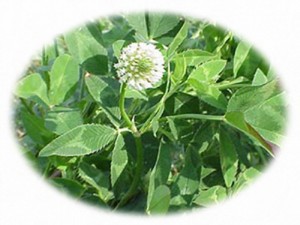 Texas seeds or maintains 1.2 million acres of clovers; most are re-seeding annuals and persist from year to year. Clovers are predominately found east of I-35 on sandy soils or in bermudagrass pastures and provide late winter and early spring grazing. Weed control is sometimes a problem in establishment. Most planting seed comes from Oregon and some imports from Australia and New Zealand.
Texas seeds or maintains 1.2 million acres of clovers; most are re-seeding annuals and persist from year to year. Clovers are predominately found east of I-35 on sandy soils or in bermudagrass pastures and provide late winter and early spring grazing. Weed control is sometimes a problem in establishment. Most planting seed comes from Oregon and some imports from Australia and New Zealand.
Arrowleaf clover. Seeded into bermudagrass; early summer grazing on 200,000 acres. Apache has virus resistance.
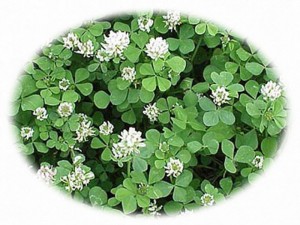 Ball clover. Reseeds well, 1,000 acres of new seedlings; total of 10,000 acres in Texas. High quality extends grazing.
Ball clover. Reseeds well, 1,000 acres of new seedlings; total of 10,000 acres in Texas. High quality extends grazing.
Berseem clover. Not common but managed on 10,000 acres.
Crimson clover. Common clover in pastures and roadsides totaling 460,000 acres.
 Rose clover. Recently released from Overton Center, now established on 6,000 acres or more.
Rose clover. Recently released from Overton Center, now established on 6,000 acres or more.
Subterranean clover. Produces lots of seed but does not persist well; 30,000 acres.
White clover. Common in East Texas pastures and bottom lands; 240,000 acres or more.
Other forage legumes
(the following are similar to but are not true clovers)
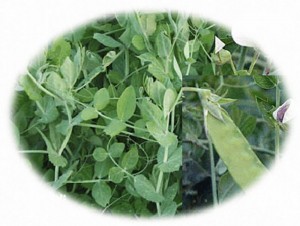 Austrian winter pea. In eastern parts of Texas on 75,000 acres; 75% for green manure.
Austrian winter pea. In eastern parts of Texas on 75,000 acres; 75% for green manure.
Bundleflower . Includes BeeWild bundleflower; planted on 10,000 acres for grazing, particularly wildlife; is best adapted in Central and South Texas. Sabine Illinois bundleflower is a different species and is adapted to North and Central Texas.
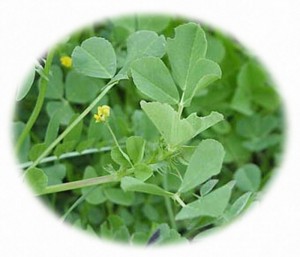 Burr medic. Armadillo, a recent release from the Beeville Research Station, is seeded on 7,000 acres a year and increasing. Total managed acreage of all burr medics is 50,000 or more acres. Reseeds, spreads and persists well.
Burr medic. Armadillo, a recent release from the Beeville Research Station, is seeded on 7,000 acres a year and increasing. Total managed acreage of all burr medics is 50,000 or more acres. Reseeds, spreads and persists well.
Lespedeza. Seeded on 200 acres for soil stabilization and moderate quality grazing and hay.
Sweet clovers. White and yellow for soil improvement and grazing; few pests; 100,000 acres.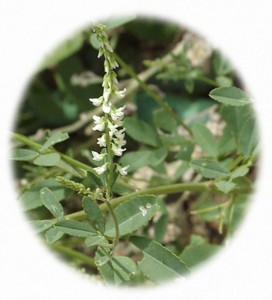
Vetch. Hairy vetch (75% of total) and common are grown on 20,000 acres for soil stabilization, green manure, winter pasture, or hay. Readily reseeds and may become a weed in small grains. Diseases include anthracnose, nematodes, and powdery mildew.
| Crop | Statewide Production | Acreage by Production Region | ||||||
|---|---|---|---|---|---|---|---|---|
| Acres | Dollar Value per Acre | Total Value (dollars in thousands) | Lower Valley | Winter Garden | Plains Region | Far West Texas | Eastern Areas | |
| Alfalfa hay | 124,100 | $580 | $71,978 | 3,100 | 3,000 | 96,000 | 20,000 | 2,000 |
| Clovers | 1,200,000 | $60 | $72,000 | 0 | 0 | 0 | 0 | 1,200,000 |
| Other legumes | 121,400 | $30 | $3,642 | 1,000 | 20,000 | 200 | 200 | 100,000 |
| Total | 1,445,500 | $102 | $147,620 | 4,100 | 23,000 | 96,200 | 20,200 | 1,302,000 |
